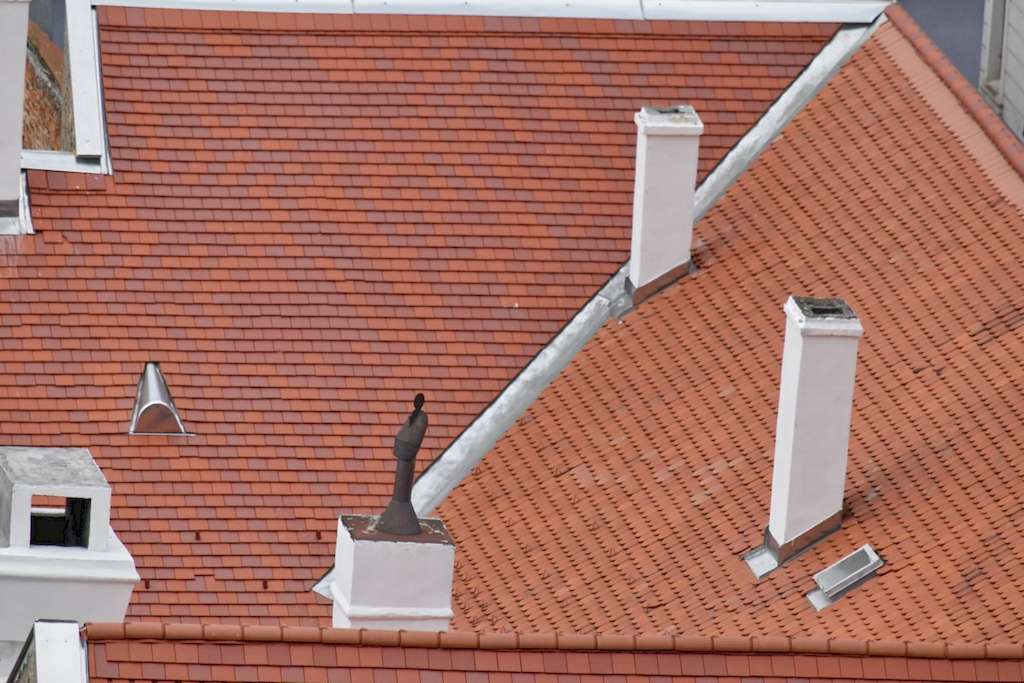Most roofs are constructed to last between 20 and 30 years, source:Rooferinct.net, however, there are some things— like storm damage and rapid temperature level changes— that can trigger it to age inadequately.
The bright side? You can extend your roof’s life expectancy by using these property roof pointers from the pros themselves.

A bit of maintenance goes a long way when it’s a matter of a secure roof over your head. Utilize these roof pointers to look after your roof and assistance in protecting your financial investment:
Read Also:
- Having Knowledge about the Types of Roofing Materials Should Make the Selection Easy
- A Complete Homeowner’s Guide to Cleaning Your Roof to a Professional Standard
- Roof Damage – The Essential Signs That You Need to Get Aware of
- Ways to Secure Your Home Against the Wrath of Mother Nature
- How Roof Problems Compromise Your Home
- Five Signs Your Roof Needs Replacement
- Significance of Quality Roofing
Rain gutters can easily become blocked with leaves and other particles. Alone, that’s fine— however, when it rains, those blockages can cause water to back up.
Backed-up water in your seamless gutters can harm your shingles and the real roofing system beneath them.
The majority of experts advise clearing out your gutters at least two times each year.
If you preserve your seamless gutters in the spring and fall, they’ll be ready when the water starts coming through (either from spring rains or melting snow).
You can carry out a little visual examination from the ground or climb up on your roof to get a birds-eye view, however, nothing beats a home roof evaluation performed by an expert.
You want a roofing contractor that offers a 45-point assessment, which indicates they examine whatever, which files and pictures of any damage on the roofing— that way, you’ll understand exactly what is required to be fixed.
Overhanging tree branches can bang up your roof during high winds or storms, and they can brush against your shingles repeatedly and degrade their integrity over time.
Sometimes, overhanging tree branches can produce perfect conditions for algae or mold to grow, which can ultimately cause leaks if left untreated.
If you see branches or other particles on your roof, remove it instantly to protect your roof’s surface area.
If left without treatment, even minor damage can cause significant issues.
A tiny leak from a lifted, broken or missing shingle can let water into the roof deck, where it’ll cause the wood to swell— or even worse, drip down into your home and trigger major water damage.
In some cases, storm damage has a cause and effect where one thing results in another.
If you believe a storm, rain, hail or high winds have harmed your roofing, schedule a roofing system examination right away.
Making small fixes now can save you tons of money in repair and replacement costs later.
Shingles are there to supply an extra layer of security to the entire roofing system, and your entire house.
You need to replace damaged or used shingles instantly, particularly if they’re:
Find a professional roofer near you to answer your concerns and provide you with a free quote on what you need to repair or replace to keep your house safe.